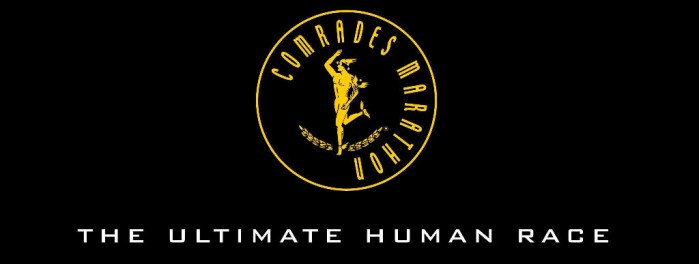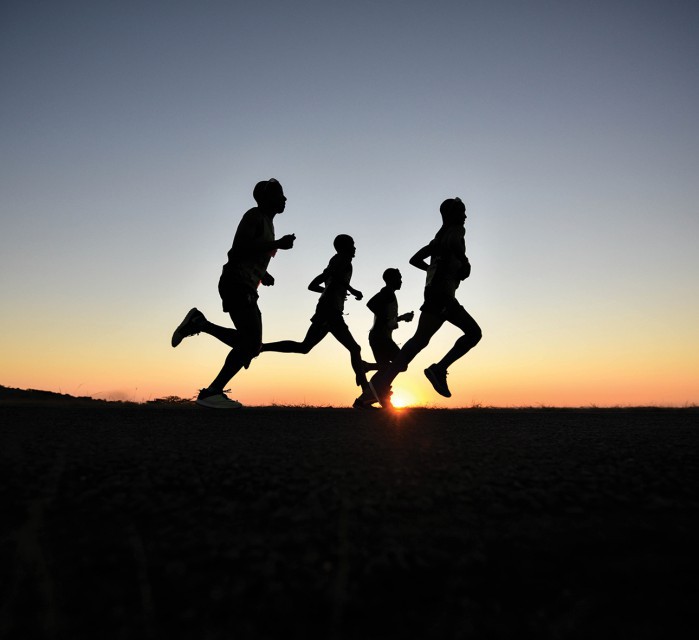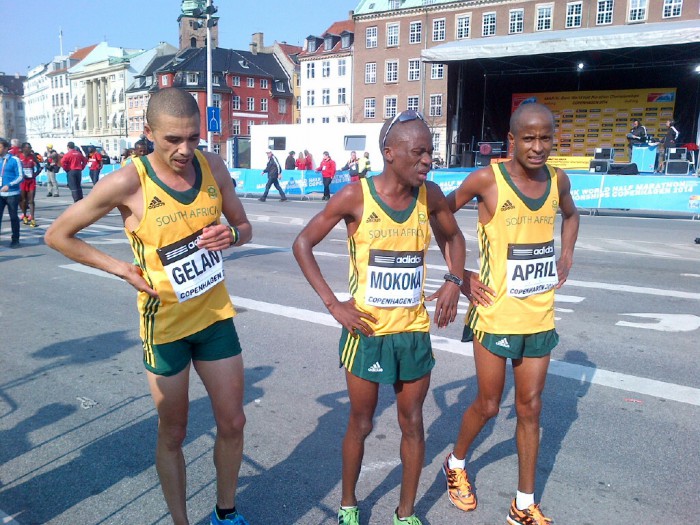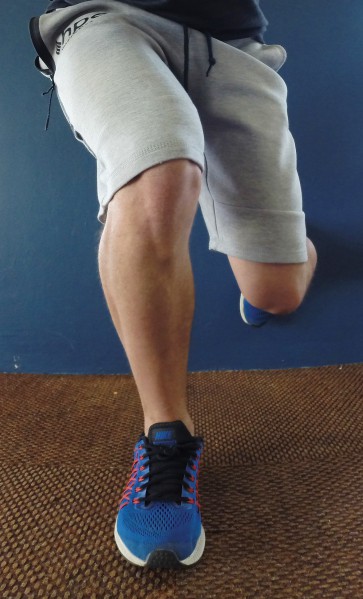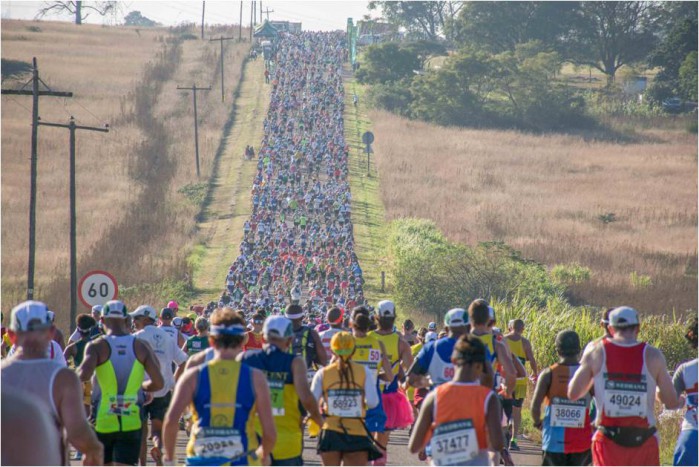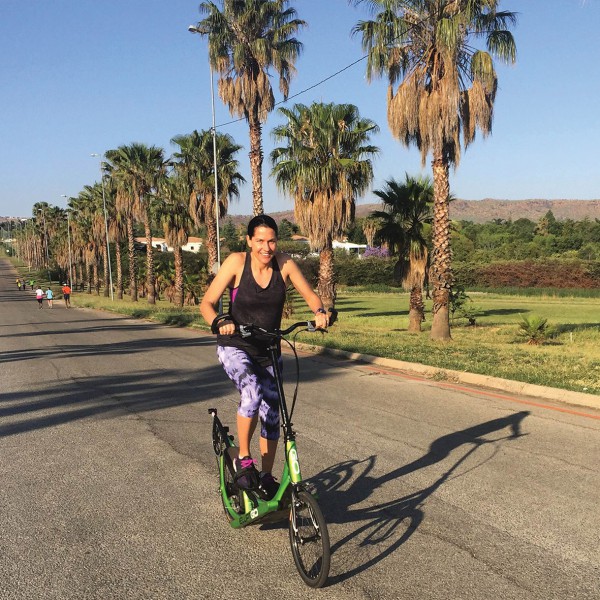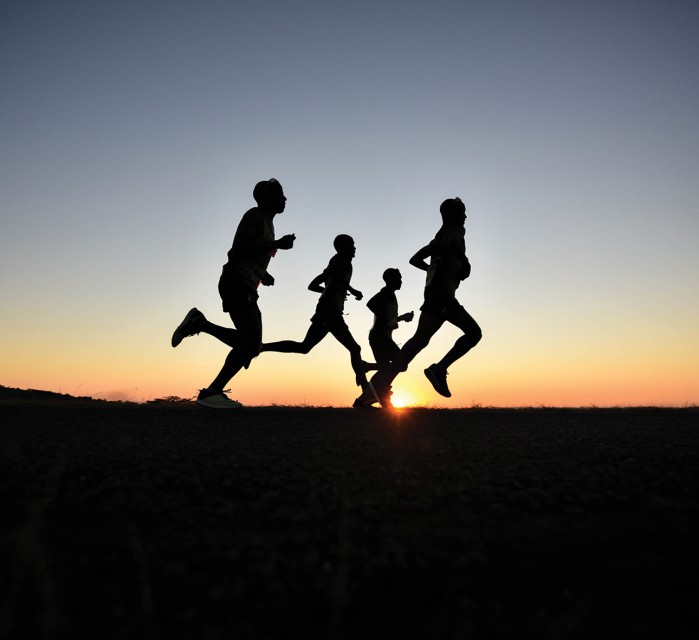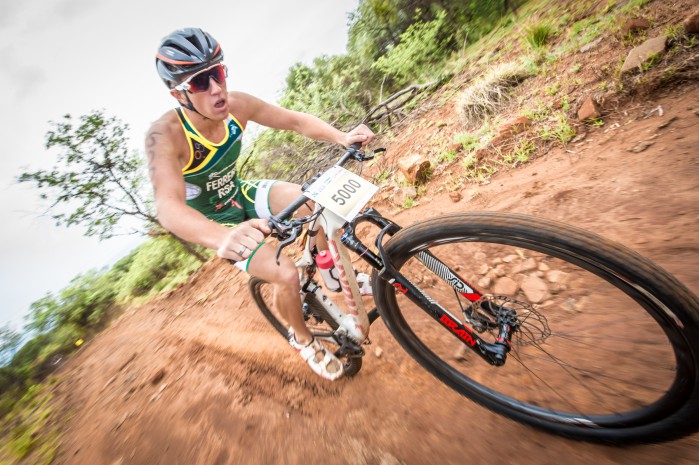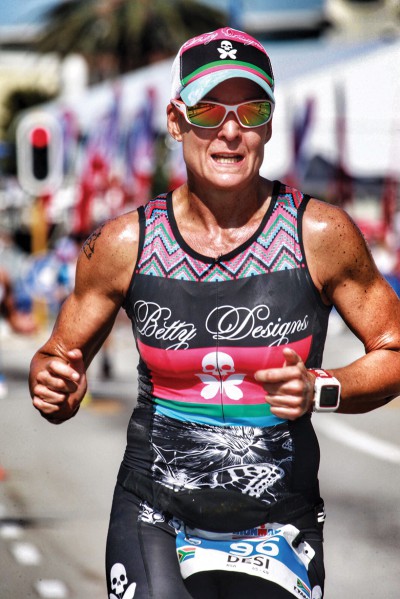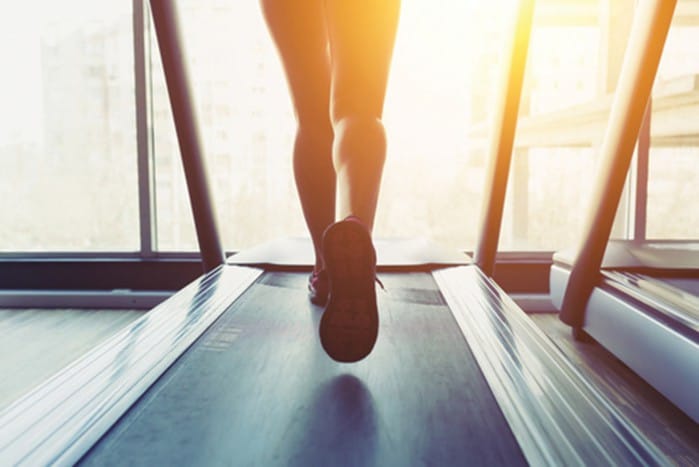With the big Ironman races just around the corner, we look at the latest news in the remarkable story of visually-impaired DARE TO TRI athlete Helen Webb’s journey to becoming an Ironman. – By DTT Coach Derick Marcisz
The Modern Athlete DARE TO TRI Programme welcomed the 2017 season in having just completed an eight-week peak training block for the Standard Bank IRONMAN 70.3 SA in Buffalo City on Sunday 29 January. This event will consist of a 1.9km swim followed by a 90km bike ride and a 21km run, and January will see our athletes follow a four-week sharpening and taper programme to put the finishing touches to their race preparation
The tenth anniversary of this iconic event is going to be fantastic, with Dare to Tri well represented by a good mix of both novice and experienced athletes. After that, our 70.3 athletes who have entered the Standard Bank Ironman South Africa in Port Elizabeth will have to recover quite quickly, as they start the final two-month preparation for the “big dance in PE,” taking place on Sunday 2 April.
INSPIRING DEBUTANT
This year our DTT athlete Helen Webb is attempting to become the first visually impaired South African female to compete in an Ironman. I met her just before the 2016 Comrades Marathon and she asked me if I had any experience in coaching disabled/para-athletes, and could I possibly help her? I explained that I did not have this experience, but would love to help, and her progress as a triathlete has been nothing short of phenomenal!
I doubt that readers can actually imagine the task that lies ahead of Helen in attempting to swim 3.8km in the sea, ride a hilly 180km on a tandem bike, and then finish with a 42km marathon run, tethered to a guide in all three disciplines, and with just 10% vision! But the great news is that after using several guides in her previous races, Helen has found the perfect regular guide in Desi Dickinson, who is a top age-group triathlete. We asked both of them to tell us their thoughts as the big day gets closer.
HELEN: WITHIN MY REACH
“Sjoe, I cannot believe how quickly time is flying. When I started my journey six months ago, Ironman seemed very far away, and now it is just around the corner. I am amazed at how far I have come, but also how far I still have to go. In the space of three and a half months I completed two sprint and two Olympic distance events and I am maintaining the running fitness I came out of Comrades with, my cycling is getting better, but my swimming is still awful.”
“I have had the pleasure of working with many guides in all three disciplines, and they have all contributed a huge amount to me physically as well as mentally. Now elite triathlete Desiree Dickinson has taken up the challenge of guiding me and will be racing 70.3 East London and Ironman South Africa with me. Although we have only known each other for a short time, we have forged an excellent bond, and Desiree’s fearlessness, energy, humour and compassion are exactly what I need. We completed the Telkom 94.7 Cycle Challenge in an excellent time of 3:37 and had a great time doing it. I am so incredibly excited about the rest of my journey, and although there is still lots of work to be done, I can see for the first time that Ironman South Africa 2017 is well within my reach!”
DESIREE: TIME TO GIVE BACK
“I have been competing in triathlon for three years and see Ironman as a beautiful gift that has come to me in my forties. In 2013, I was challenged by a colleague to compete in the Ironman 70.3 in Buffalo City. I was bitten by the triathlon bug and haven’t looked back. I did my first Ironman in 2014 and discovered that I was good at the long-distance races. The highlights of my short career are winning my age group at Ironman African Champs in 2015 and having the privilege to qualify for and compete at the Ironman World Champs in Kona, Hawaii in 2015 and 2016, where I finished 12th and 7th respectively.”
“I came back from Hawaii this year with a desire to give something back, because I felt it had been all about me for three years, and I also wanted to experience the Ironman race from a different perspective. I have always said that the real heroes are the people that are out there after dark, finishing in 13 or more hours, and I really respect and look up to those athletes. Racing with Helen will give me the perfect opportunity to experience this, as well as to help someone achieve a special goal. I am privileged to be able to ‘be her eyes’ for both races!”
For more info on the Modern Athlete DARE TO TRI Academy go to https://daretotri.canbook.me/e/view/10091 or contact the Coach at derick.marcisz@stemcor.com for further information.

